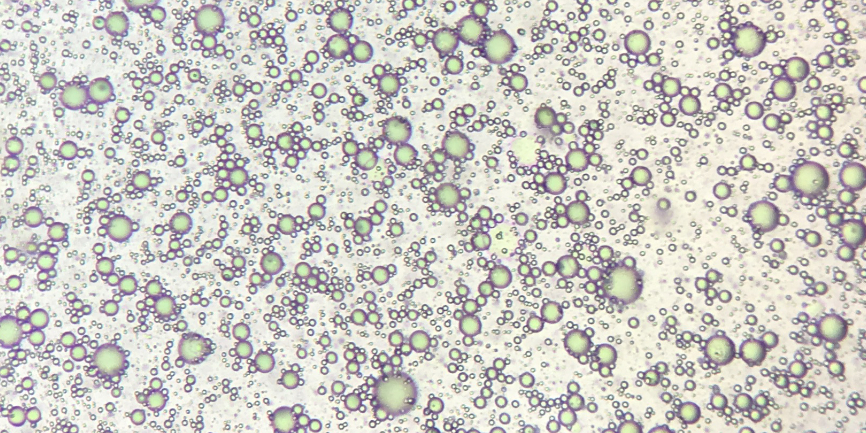2020-21 Annual Report: Using Microalgae to Address Iron Deficiency

This article originally appeared in TCI’s 2020-21 Annual Report. Download the report (PDF) to read more.
With around 600 million people suffering from iron deficiency, India pays a steep price in terms of mortality, disability, and lost productivity. Fortifying staples like wheat has long been considered a cost-effective public health approach to reducing iron deficiency, but ideal sources of iron that can be effectively utilized in food products have proven elusive.
TCI is exploring an innovative approach to curbing iron deficiency by fortifying wheat flour using a byproduct of the biofuel industry. Widely consumed and available through India’s Public Distribution System, wheat flour is an ideal vehicle for fortification.
Research conducted by TCI alumnus Rohil Bhatnagar focused on using defatted green microalgae called Nannochloropsis oceanica as a source of iron. With 3,530 mg of iron per kg, the microalgae compares favorably to other iron sources in terms of bioavailability, which means more of it can be absorbed and used by the body.
This work provides a novel approach to combatting iron malnutrition and exhibits the vast potential of microalgae as an effective and safe source for fortification.
The bioavailability of iron from the microalgae was confirmed in a lab study conducted with iron-deficient mice. Mice that were fed a diet that included microalgae-extracted iron had improved hemoglobin levels and a twofold increase in iron storage in the liver, compared to an iron-deficient control group.
Bhatnagar also conducted a safety assessment of continuous microalgae consumption, since having excess iron in the body adversely affects health. In the study, mice fed high levels of microalgae did not experience any negative effects, such as oxidative stress, iron bioaccumulation, or inflammation.
While the microalgae has an unpleasant fishy aroma and off-putting green color, in-home sensory tests, using algae-fortified flour to make flatbreads, show that encapsulating the microalgae in emulsions sufficiently masks both color and taste.
This work provides a novel approach to combatting iron malnutrition and exhibits the vast potential of microalgae as an effective and safe source for fortification.





